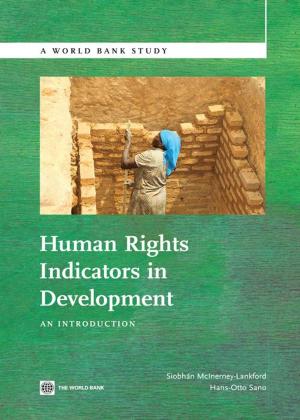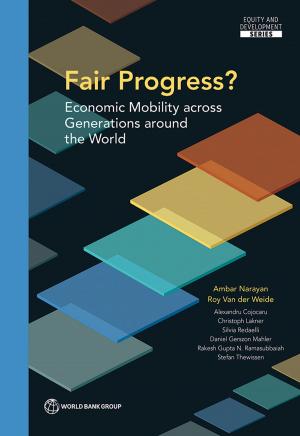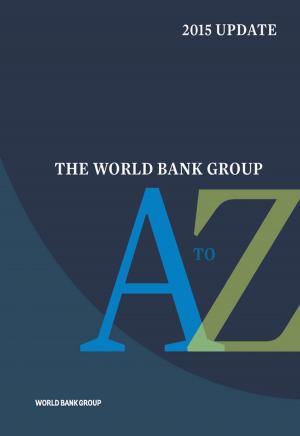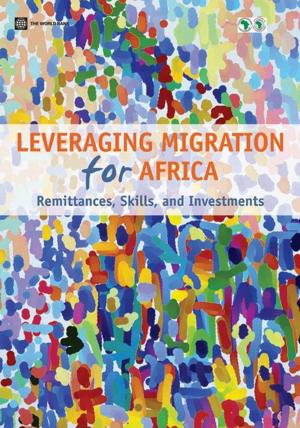Public Expenditure Policies In Southeast Europe
Nonfiction, Social & Cultural Studies, Political Science, Politics, Economic Policy| Author: | Izvorski Ivailo V.; Kahkonen Satu | ISBN: | 9780821374504 |
| Publisher: | World Bank | Publication: | February 22, 2008 |
| Imprint: | Language: | English |
| Author: | Izvorski Ivailo V.; Kahkonen Satu |
| ISBN: | 9780821374504 |
| Publisher: | World Bank |
| Publication: | February 22, 2008 |
| Imprint: | |
| Language: | English |
Public Expenditure Policies in Southeast Europe is part of the World Bank Working Papers series. These papers are published to communicate the results of the Bank's ongoing research and to stimulate public discussion. The countries of Southeast Europe have undergone a significant transition over the past decade. Helped by macroeconomic stabilization and efforts in advancing structural reforms, real GDP growth has picked up this century. Fiscal adjustment has been an integral part of the transition. Expenditure cuts have helped trim spending relative to GDP in most countries in the region and cut fiscal deficits everywhere except in Serbia. Progress in fiscal consolidation has been substantial, but in several of the countries the government??s presence in the economy remains oversized. Costs related to advancing EU integration and completing reforms are expected to generate further pressures for public spending. Creating the fiscal space for addressing such pressures would require a further reduction in existing spending, given that there is still scope (or wisdom, for that matter) for increasing tax rates. The report identifies key remaining challenges and proposes a menu of options in further reforms in sectors that account for the largest shares of public spending, and where reforms are likely to have significant budgetary implications. The sectors discussed in the report are social protection, health, education, public administration, and infrastructure.
Public Expenditure Policies in Southeast Europe is part of the World Bank Working Papers series. These papers are published to communicate the results of the Bank's ongoing research and to stimulate public discussion. The countries of Southeast Europe have undergone a significant transition over the past decade. Helped by macroeconomic stabilization and efforts in advancing structural reforms, real GDP growth has picked up this century. Fiscal adjustment has been an integral part of the transition. Expenditure cuts have helped trim spending relative to GDP in most countries in the region and cut fiscal deficits everywhere except in Serbia. Progress in fiscal consolidation has been substantial, but in several of the countries the government??s presence in the economy remains oversized. Costs related to advancing EU integration and completing reforms are expected to generate further pressures for public spending. Creating the fiscal space for addressing such pressures would require a further reduction in existing spending, given that there is still scope (or wisdom, for that matter) for increasing tax rates. The report identifies key remaining challenges and proposes a menu of options in further reforms in sectors that account for the largest shares of public spending, and where reforms are likely to have significant budgetary implications. The sectors discussed in the report are social protection, health, education, public administration, and infrastructure.















